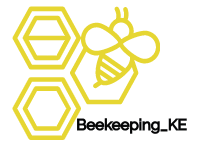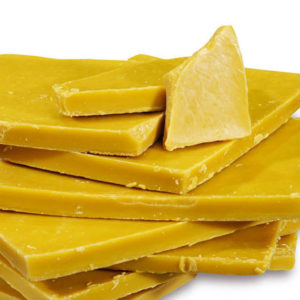Beekeeping is an art that dates back to 13,000 BCE. Depictions of human beings collecting honey from wild bees date back 9,000 years ago in Northern Africa. Beekeeping was at the time done in pottery vessels. Traces of beeswax have been found in potsherds throughout the Middle East from about 7000 BCE. The practice of beekeeping continues to date and is growing in popularity here in Kenya.
The Kenya Institute for Public Policy Research and Analysis (KIPPRA) estimates that only about 20% (25,000 metric tons) of the country’s annual honey production potential is achieved. According to the institute, beekeepers in Kenya have the potential to produce and supply more than 100,000 metric tons of honey annually.
Why beekeeping?
Modern beekeeping in Kenya began in the 1960s. It has since grown to become an important enterprise in the agriculture and livestock sector. Thousands of households, notably in arid and semi-arid parts of the country, depend on beekeeping as a source of their livelihood.
Pollinators
Beekeeping is not only a good fit for Kenya but for Africa at large. Bees are essential pollinators and are therefore a vital cog in our journey to becoming food secure. Bees pollinate fruits, vegetables, nuts, and other varieties of crops, and thus help to increase their yields. Not only do they help increase crop yields but also in the maintenance of a healthy ecosystem through the pollination of wildflowers, trees, and shrubs.
African honeybees emphasize brood rearing and colony growth over honey production. It is for this reason that they are better pollinators than European honeybees. The larger the brood, the greater the demand for pollen.

Economic value
Bees produce a host of products all of which have great economic value. Honey is the main sought-after product from bees. It is valued for its benefit as a food and beverage sweetener and its medicinal properties. Honey is believed to be excellent for sore throats, coughs, ulcers, and wounds. Honey is used as an additive in cough syrups and lozenges. The demand for honey is ever-increasing.
Beeswax is another bee product with a high economic value. It is used to make soaps, cosmetics, candles, ointments, shoe polish, and for leather and wood preservation.
Other bee products of economic value that have not been largely exploited by the Kenyan market include propolis, royal jelly, pollen, bee venom, and bee brood.

Low-cost investment
Bees require little space compared to other livestock. The main source of food for bees is nectar from flowers and water. They forage on flower nectar and pollen and don’t compete with other livestock for food.
Raw materials required to make beehives can be easily sourced and are readily available locally at an affordable cost. Modern beehives are mainly made from wood. It is essentially a relatively low-cost investment.
At the time of writing, the average cost of a modern beehive is estimated at KSHS. 3000 for a top bar hive and KSHS. 4,500 for a Langstroth hive. Traditional beehives such as the clay-pot hive and the log hive are cheaper alternatives, they have been used and are still being used for beekeeping.
Conclusion
The potential of beekeeping in Kenya remains largely unrealized. The effect that bees have on the environment and the economic impact that the practice has is enough reason for more Kenyans to embrace beekeeping.




 Beeswax Block
Beeswax Block